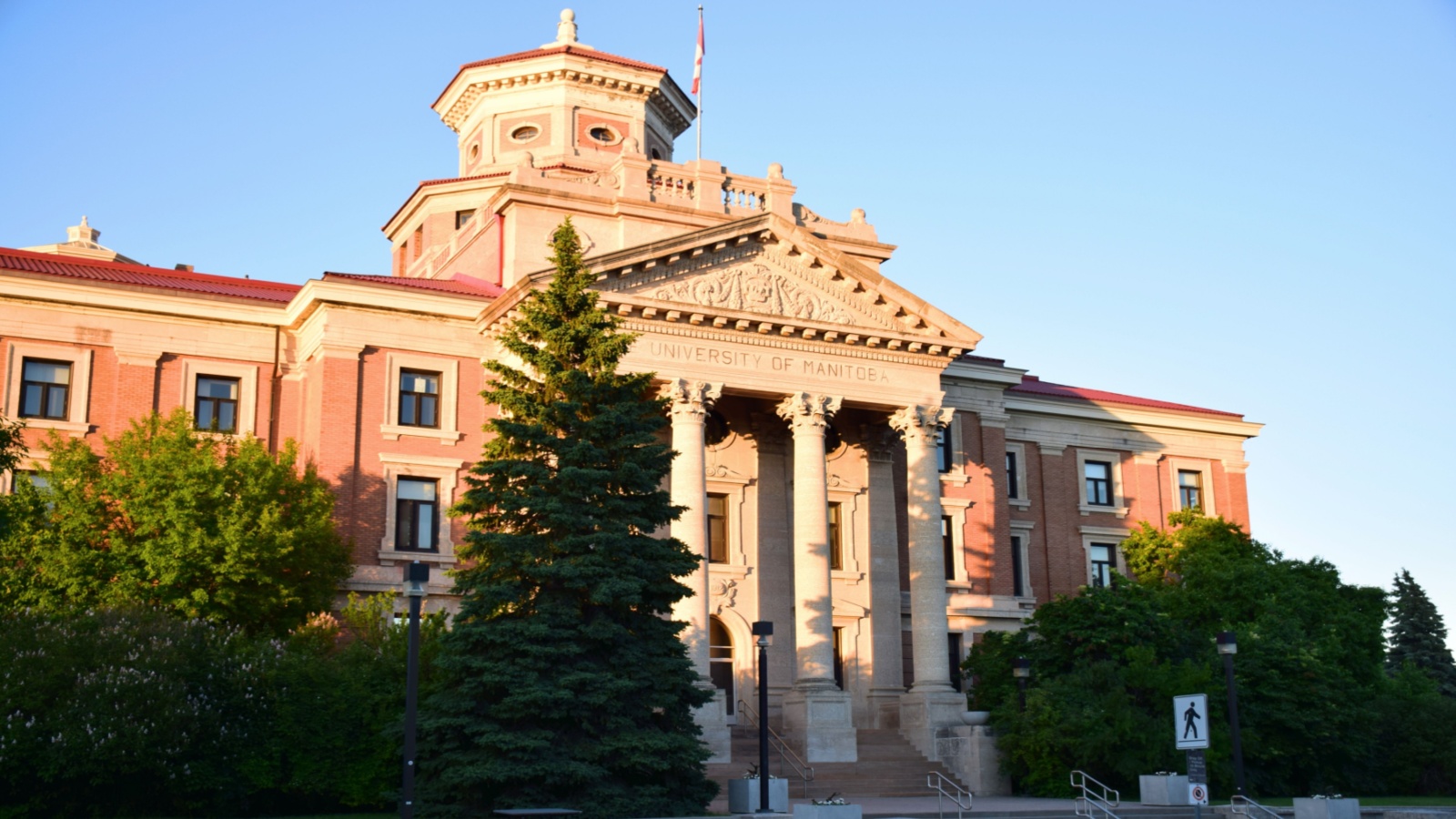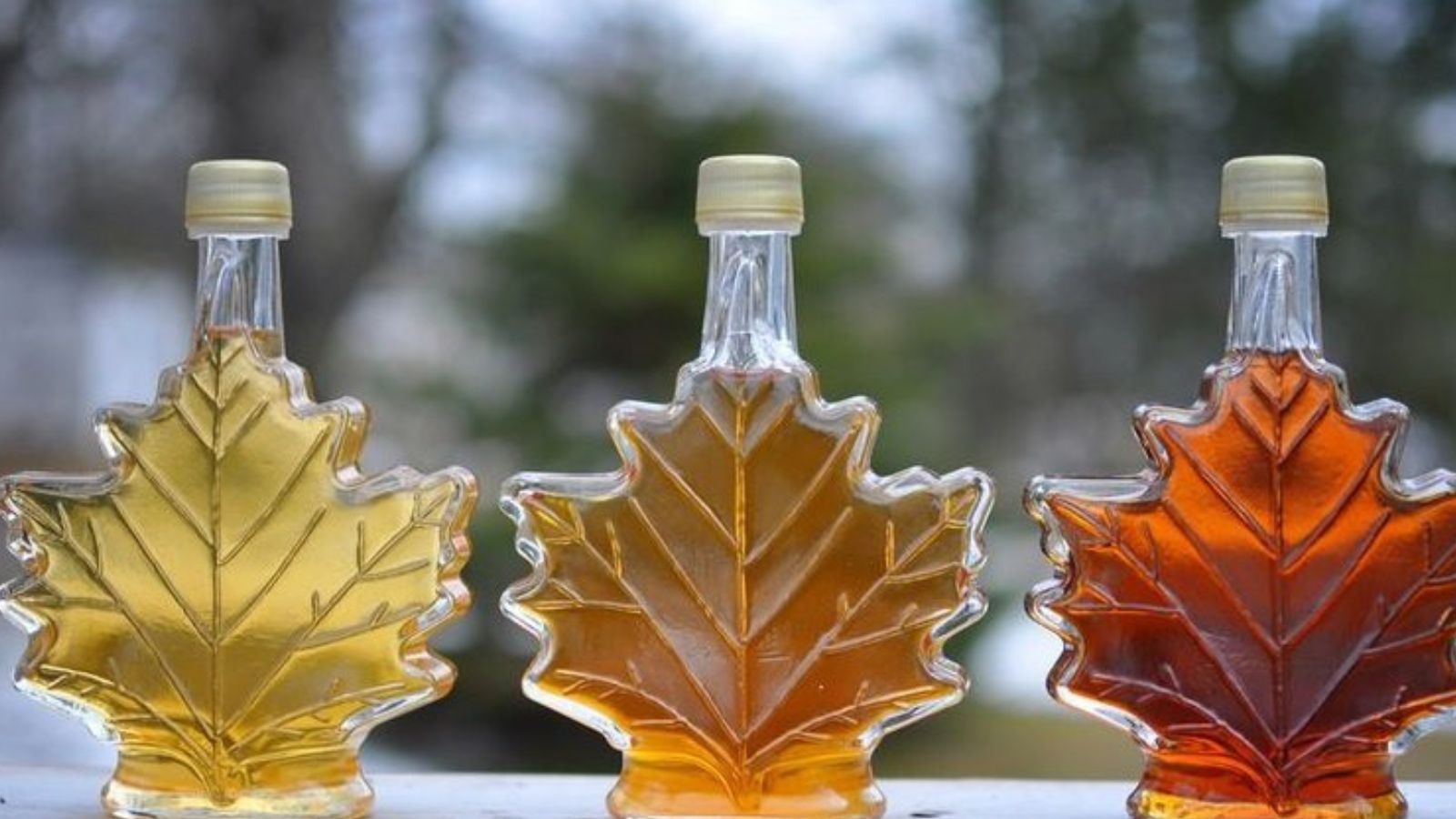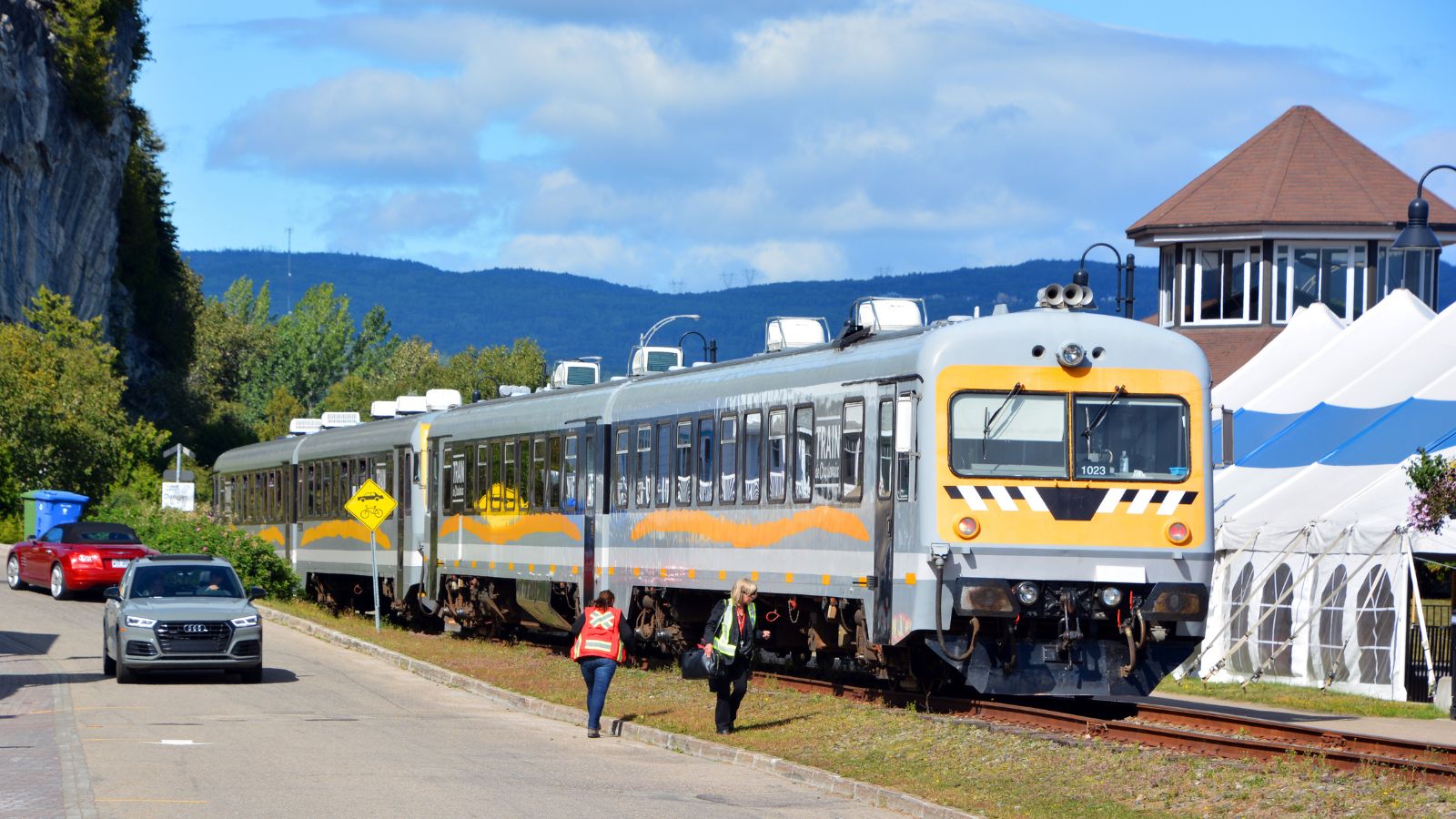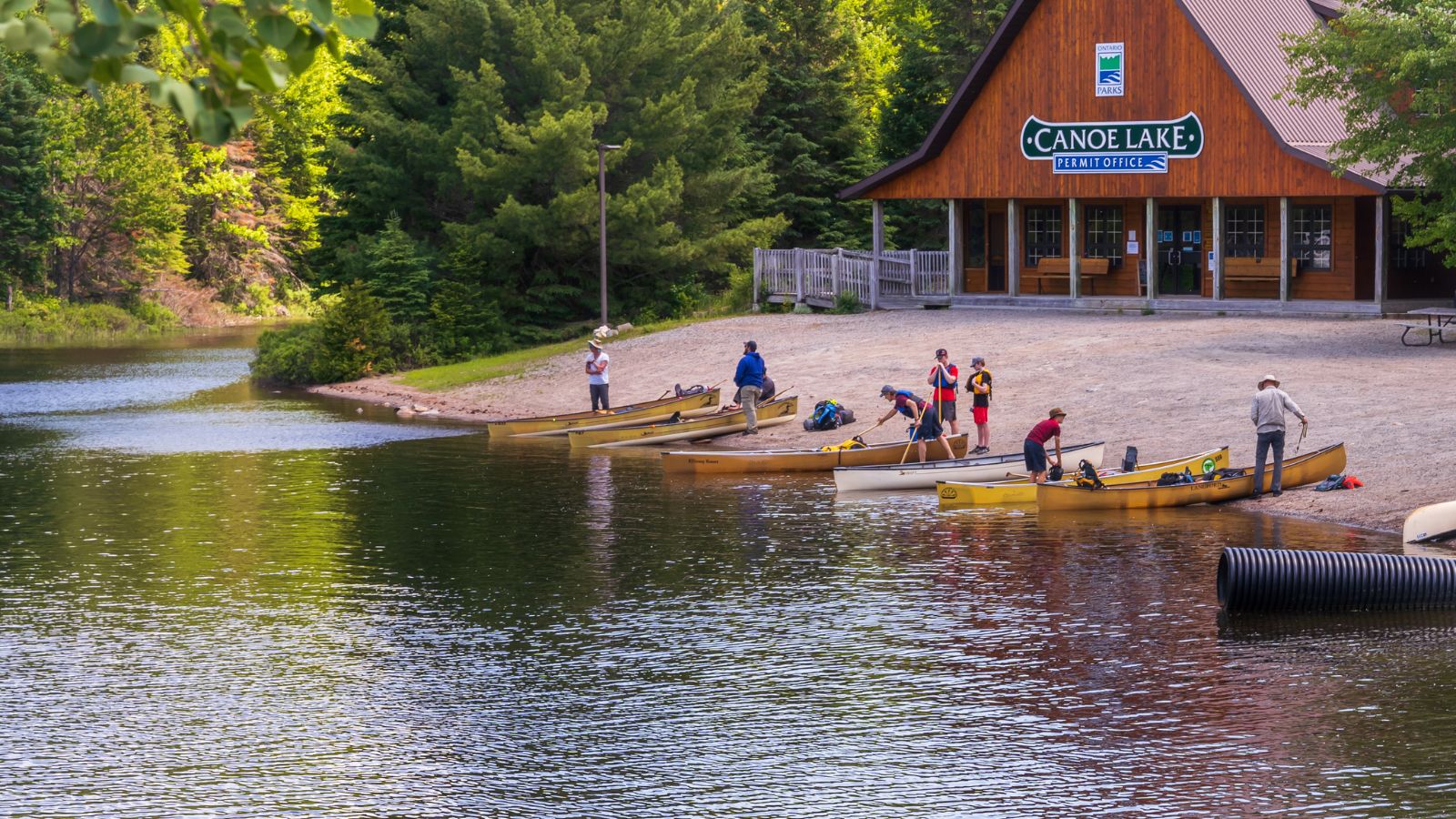When Canadians visit the U.S., they sometimes get sticker shock, and not always in a good way. While some goods cost more north of the border, there is a surprising list of products, services, and experiences that are noticeably cheaper in Canada. From healthcare and education to iconic local treats, Canada’s cost advantage in these areas makes a real difference for residents and visitors alike. Here are 25 things that cost way less in Canada than in the U.S.:
Prescription Medications

Many prescription drugs cost significantly less in Canada due to federal price controls and negotiated purchasing agreements. While Americans can face astronomical bills for common medications, Canadians benefit from a system that limits how much pharmaceutical companies can charge. This keeps prices for everything from insulin to cholesterol drugs far lower, making ongoing healthcare costs manageable. Some Americans cross the border just to fill prescriptions at a fraction of the U.S. price, demonstrating one of the clearest examples of how national policy directly impacts everyday affordability and long-term health outcomes.
University Tuition

Compared to the U.S., where tuition can rival the cost of a house, Canadian universities generally offer far lower fees for both domestic and international students. Public funding plays a huge role, keeping education accessible and preventing graduates from starting their careers with crushing debt. Even prestigious institutions like McGill, UBC, and the University of Toronto are far more affordable than many mid-tier U.S. schools. For Canadians, this means more freedom to choose career paths based on passion rather than loan repayment schedules, and for foreigners, it’s a compelling reason to study here.
Public Transit Passes

In major Canadian cities, monthly transit passes cost substantially less than their U.S. counterparts. Toronto, Montreal, and Vancouver all offer unlimited ride passes that undercut the prices in New York, San Francisco, or Washington, D.C., often by $50-$100 a month. Subsidies and public investment keep fares reasonable while maintaining extensive networks of buses, subways, and trains. For commuters, this translates into hundreds of dollars in annual savings, and for visitors, it’s a budget-friendly way to explore without constantly paying high single-ride fares.
Maple Syrup

Canada’s maple syrup, especially when purchased directly from local producers, is often far cheaper than the imported bottles found in U.S. supermarkets. As the world’s largest producer, Canada benefits from an abundant supply and reduced shipping costs within its borders. Farmers’ markets and sugar shacks sell pure, high-grade syrup for less than what Americans pay for blends that aren’t even 100% maple. For Canadians, it’s an affordable everyday luxury. Still, for Americans, it’s a coveted souvenir, where the difference isn’t just in price but also in freshness, quality, and an unmistakable sweet authenticity.
Ski Lift Tickets

Skiing in Canada can be far more affordable than in top-tier U.S. resorts. Places like Mont Tremblant, Big White, and Sunshine Village offer lift tickets that undercut the prices at Colorado or Utah ski hills, sometimes by half. Season passes in Canada are also typically less expensive, and many include reciprocal deals at partner resorts. This affordability lets Canadians hit the slopes more often without emptying their wallets. At the same time, visitors from the U.S. often find they can plan a full ski vacation in Canada for the cost of just a few days at a U.S. resort.
Fresh Produce in Season

When Canadian-grown produce like blueberries, apples, or corn is in season, prices often drop well below U.S. levels, especially when purchased directly from farmers or at local markets. Without heavy transport costs, these fresh fruits and vegetables can be both cheaper and fresher than imported alternatives. In peak harvest months, grocery store specials and farm stand bargains make eating local both affordable and delicious. Americans visiting in summer often remark at the low prices compared to what they pay back home, proving that timing and location really matter in food costs.
Hockey Game Tickets (Certain Markets)

While NHL ticket prices vary, some Canadian markets still offer more affordable seats than many U.S. cities, particularly in smaller or rebuilding hockey markets like Winnipeg or Ottawa. Compared to U.S. teams in cities with high corporate demand, Canadian fans can sometimes snag decent seats for a fraction of the price. Junior hockey games are even more of a bargain, offering high-quality competition for a few dollars. This creates a cultural bonus where Canadians get to enjoy their national sport live without the kind of financial splurge often required south of the border.
Ice Wine

Canada’s internationally acclaimed ice wines, especially from Ontario’s Niagara region or British Columbia’s Okanagan Valley, are typically more affordable domestically. In the U.S., the same bottles can cost nearly double after import markups, while buying directly from wineries or at Canadian liquor stores means not only paying less but also accessing exclusive small-batch vintages unavailable abroad. For Canadians, this turns a luxury wine into an occasional treat rather than a rare indulgence. For visitors, the price difference can be striking, making it worth stocking up before heading home.
Cell Phone Repairs

While Canada is notorious for expensive mobile plans, repairs for broken screens, batteries, and other phone issues often cost less than in the U.S. Independent repair shops in Canadian cities frequently undercut U.S. service center prices. Even some brand-authorized repairs can be cheaper thanks to different labor rates and parts sourcing, and for travelers who damage their devices on the road, this can be a welcome surprise. This makes it one of the few tech-related costs where Canada manages to beat the U.S., offering both affordability and quick turnaround.
Publicly Funded Healthcare Services

While not every medical expense is free, Canada’s publicly funded healthcare system covers a huge range of services at little to no direct cost. Doctor visits, hospital stays, and emergency care are included, meaning Canadians avoid the staggering bills often seen in the U.S. Even when additional services are needed, like lab work or imaging, the out-of-pocket costs are usually much lower. For visitors from the U.S., the difference can be jaw-dropping, as a trip to the ER in Canada might result in no bill at all, compared to thousands of dollars back home.
Museum Admission

Many Canadian museums offer significantly lower admission prices than comparable U.S. institutions. Cities like Ottawa, Winnipeg, and Halifax have world-class museums where entry can be under $20, with frequent free admission days. By contrast, large U.S. museums often charge $25-$35 or more per person. Public funding helps offset costs, keeping culture and history accessible to everyone. Families especially feel the difference, as a day at a Canadian museum can cost less than half of what they’d spend in the U.S., making it easier to enjoy educational outings without breaking the household budget.
Camping Permits

Canada’s national and provincial park camping fees are generally lower than those in many U.S. state and national parks. Sites in Banff, Algonquin, or Fundy often cost $20-$35 a night, while similar U.S. sites can climb past $50. Many Canadian parks also allow free or low-cost backcountry camping with minimal amenities, appealing to budget-conscious adventurers. For families and road trippers, the savings add up quickly over multi-day stays. Add in pristine wilderness, abundant wildlife, and lower crowd levels, and camping in Canada isn’t just cheaper, it offers an even richer outdoor experience.
Poutine

In Canada, poutine is an affordable comfort food, often available for $6-$10 at local diners, food trucks, and fast-food chains. South of the border, this Quebec-born dish is considered a specialty item, and restaurants may charge $12-$18 for a less authentic version. In Canada, it’s everywhere, from small-town hockey arenas to high-end restaurants, and it rarely comes with the gourmet price tag. Whether enjoyed at 2 a.m. after a night out or during a road trip pit stop, poutine remains a deliciously cheap indulgence that Canadians don’t have to overthink.
Train Travel on Certain Routes

While not always the cheapest option overall, VIA Rail’s advance-purchase tickets on certain routes can be far less expensive than comparable Amtrak fares in the U.S. For example, a Toronto-Montreal trip can be booked for under $50 during promotions, while similar U.S. intercity routes often cost double. Seniors, students, and frequent rider programs offer additional discounts. These price advantages make train travel in Canada a viable, scenic, and budget-friendly alternative to flying or driving, especially when factoring in the comfort, onboard amenities, and stress-free experience of skipping airport security lines.
Winter Outerwear

Canada produces some of the world’s best winter coats, and buying them domestically often costs significantly less than purchasing the same brands in the U.S. Jackets from companies like Canada Goose, Arc’teryx, and Moose Knuckles can carry steep U.S. markups due to import duties and retail pricing strategies, but in Canada, you’re paying closer to the manufacturer’s home price, which can save hundreds of dollars. Plus, Canadian sales and outlet events often feature deep discounts, making it possible to invest in high-performance gear without the kind of financial frostbite Americans might endure.
Craft Beer in Certain Provinces

In provinces with competitive craft beer markets, such as Quebec and Alberta, prices for locally brewed beer can be lower than in many U.S. states. Six-packs of high-quality craft beer often sell for $10-$14, compared to $15-$20 or more in parts of the U.S. Local distribution helps keep costs down, and breweries often sell directly to customers at even better prices. For beer lovers, it’s a chance to explore a diverse brewing scene without overspending, and for travelers, it’s one more reason to sample Canadian hospitality pint by pint.
Seasonal Outdoor Gear Rentals

In many Canadian resort towns, rentals for kayaks, canoes, snowshoes, and skis are often more affordable than in U.S. equivalents. Community-run centers, provincial parks, and smaller outfitters keep prices low to encourage participation. Renting a canoe for a day in Algonquin, for example, can cost half of what you’d pay in an American national park. These savings make it easier for families, students, and travelers to try new activities without making big equipment investments.
Theatre Tickets in Smaller Cities

While big-stage shows in Toronto can rival Broadway prices, smaller Canadian cities often offer professional theatre productions for far less than comparable U.S. venues. In places like Stratford, Winnipeg, or Charlottetown, high-quality performances may cost $30-$60 per ticket, compared to $80-$150 in many American cities. Subsidies, community support, and a focus on accessibility help keep ticket prices reasonable.
Dental Cleanings (Without Insurance)

While major dental work can be pricey everywhere, basic services like cleanings and exams often cost less in Canada than in the U.S. Independent dental offices in smaller cities and towns sometimes charge under $150 for a cleaning, compared to $200-$300 in many U.S. urban centers. Public health programs in some provinces also offer low-cost services for children and seniors. These lower costs make preventive dental care more accessible and can help reduce the risk of more expensive problems down the road, keeping both smiles and budgets in better shape.
Seasonal Produce Boxes

Community-supported agriculture (CSA) programs in Canada often deliver fresh, local produce at lower prices than comparable subscription boxes in the U.S. Seasonal harvest boxes filled with vegetables, herbs, and sometimes fruit can cost $20-$30 per week, with enough to feed a family, and without high transportation costs and middleman markups, the savings are substantial. Plus, buying directly from farmers supports local agriculture, reduces environmental impact, and keeps the food on your plate fresh and nutrient-rich. It’s a win for health, sustainability, and your grocery bill all at once.
Event Space Rentals

In many Canadian cities, renting a hall, community center, or outdoor venue for weddings, conferences, or parties can cost significantly less than in the U.S. Municipal facilities often charge reasonable flat rates, and nonprofit venues are plentiful. Even private banquet halls in smaller markets offer competitive prices, with packages that might cost thousands less than comparable American locations. These savings allow Canadians to host large gatherings without ballooning budgets, and for entrepreneurs, it means hosting events without cutting too deeply into profits or ticket sales.
Fishing Licenses

Recreational fishing licenses in Canada are generally more affordable than in many U.S. states, particularly for residents. Annual licenses in provinces like Manitoba or New Brunswick can cost under $30, compared to $50-$80 in several U.S. jurisdictions. Family and short-term permits are also available at budget-friendly rates, making fishing an accessible pastime. With Canada’s abundance of lakes, rivers, and coastal areas, the lower cost of licensing means anglers can spend more on gear, travel, and accommodations, or simply enjoy the sport without worrying about a big upfront expense.
Yoga Classes (Certain Markets)

While boutique fitness studios in major Canadian cities can be pricey, yoga classes in smaller urban centers and towns often cost far less than in U.S. equivalents. Drop-in rates might be $10-$15, compared to $20-$30 in many American cities, as community centers, nonprofit organizations, and donation-based studios help keep costs low. This affordability encourages regular practice and makes wellness more accessible across income levels. For travelers, it offers an easy, budget-friendly way to stay active on the road while experiencing local community spaces and meeting like-minded people.
Thrift Store Finds

Canadian thrift stores, especially those in smaller cities and rural areas, can be treasure troves of bargains. Prices for gently used clothing, furniture, and household goods are often lower than in U.S. thrift chains, where demand has driven prices up. Many Canadian stores are nonprofit-run, keeping costs low while funding community programs. For bargain hunters, the difference is clear, as it is not unusual to find high-quality winter coats, vintage items, or brand-name pieces for just a few dollars.
Local Baked Goods

In many Canadian towns, independent bakeries sell fresh bread, pastries, and desserts for less than similar items in U.S. artisanal bakeries. Without the same level of overhead costs and with shorter supply chains, prices stay reasonable while quality remains high. A butter tart or Nanaimo bar might cost just a couple of dollars, and a fresh loaf of bread can be cheaper than a supermarket option. These bakeries often use locally sourced ingredients, so customers enjoy better flavor and freshness, all without paying gourmet markups.
21 Products Canadians Should Stockpile Before Tariffs Hit

If trade tensions escalate between Canada and the U.S., everyday essentials can suddenly disappear or skyrocket in price. Products like pantry basics and tech must-haves that depend on are deeply tied to cross-border supply chains and are likely to face various kinds of disruptions
21 Products Canadians Should Stockpile Before Tariffs Hit
